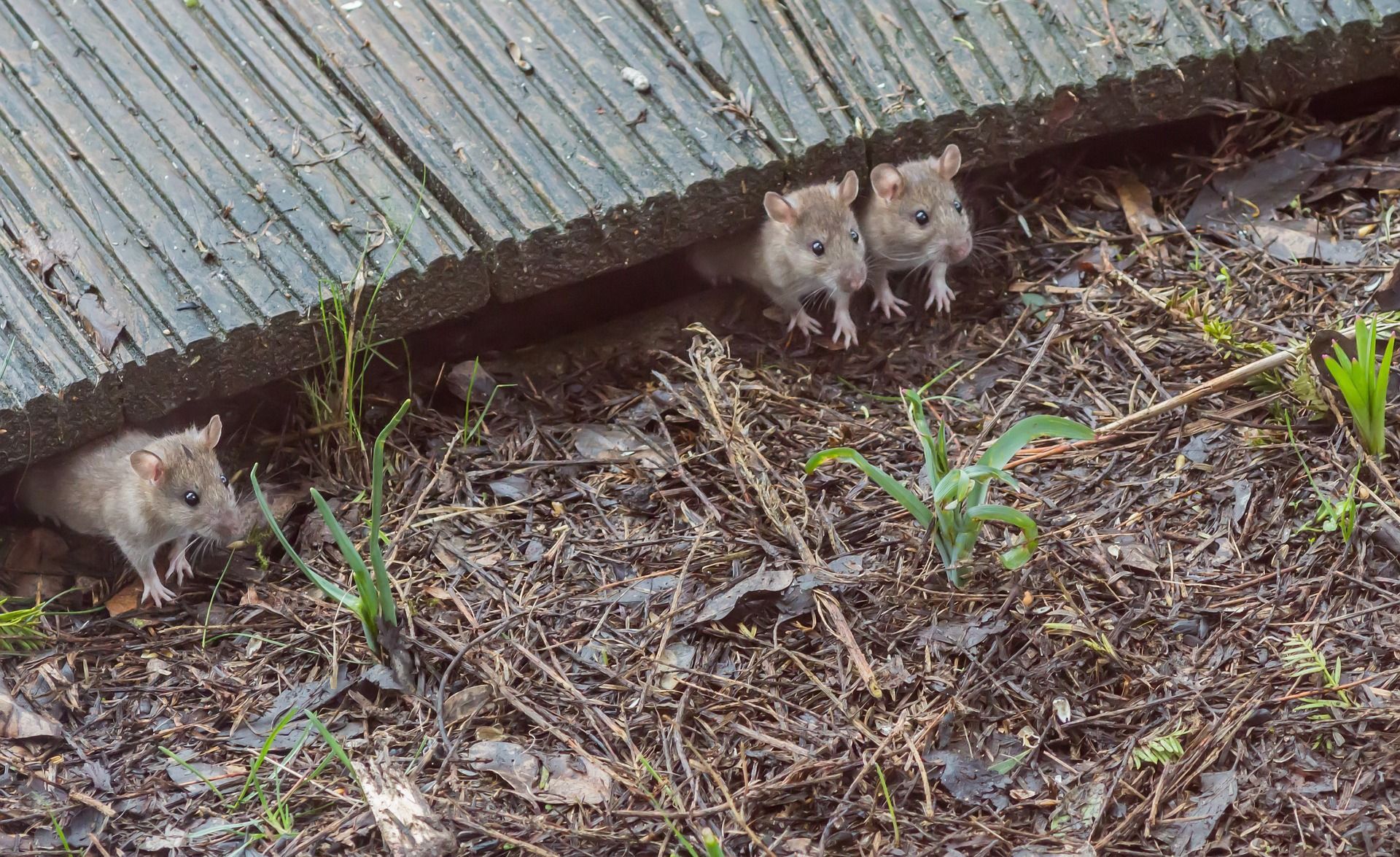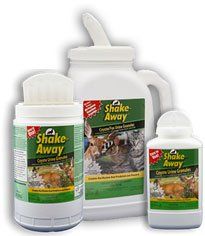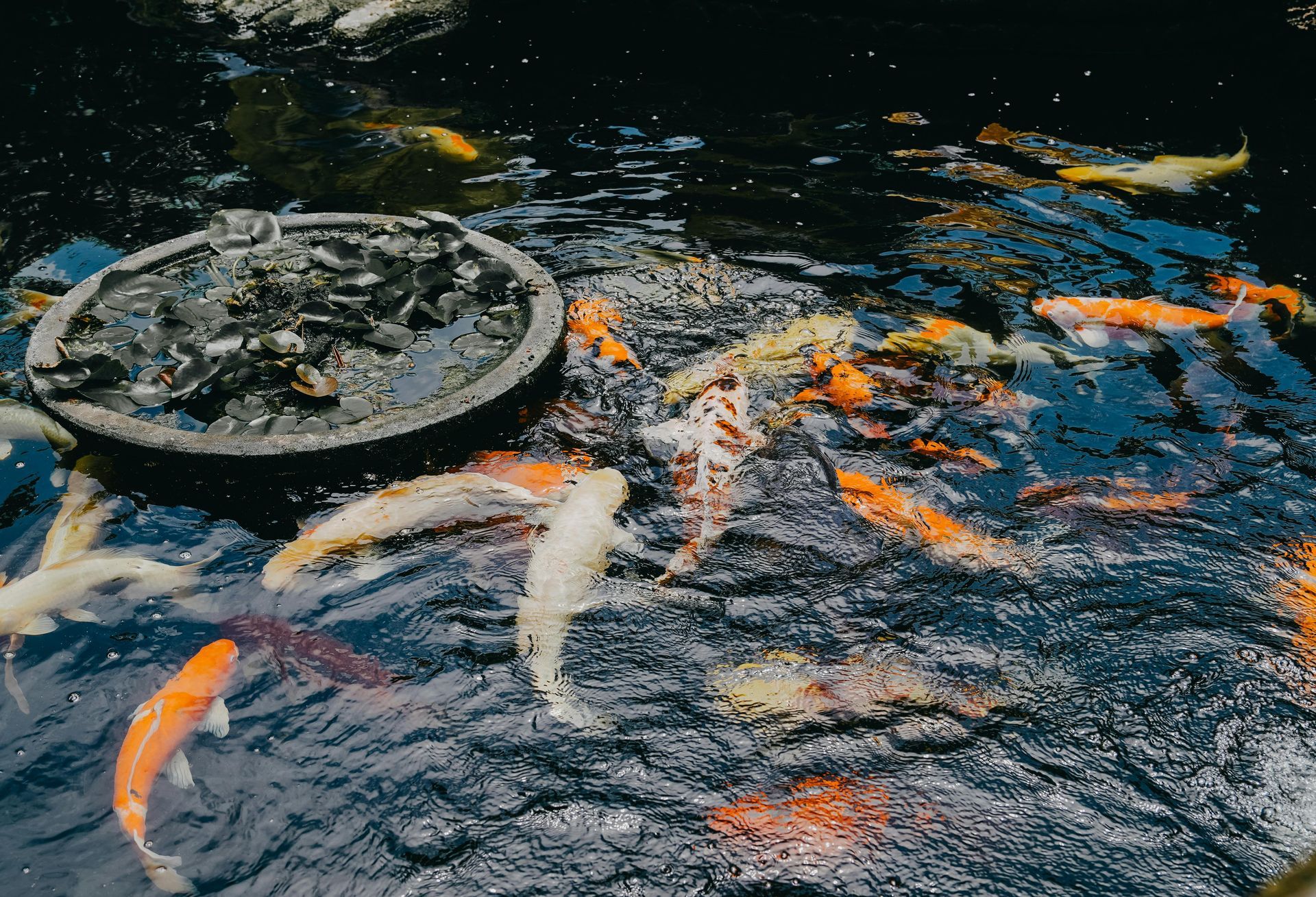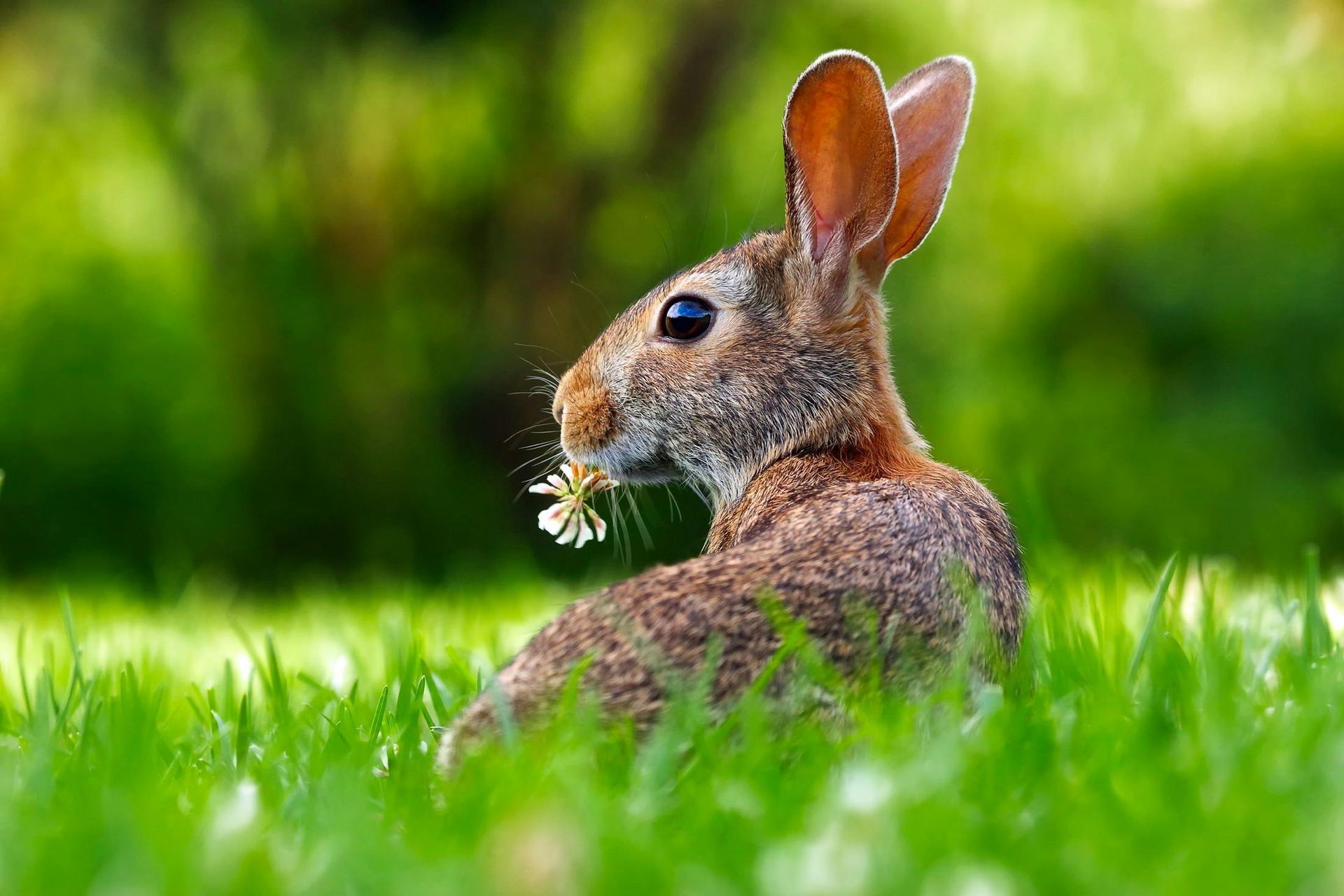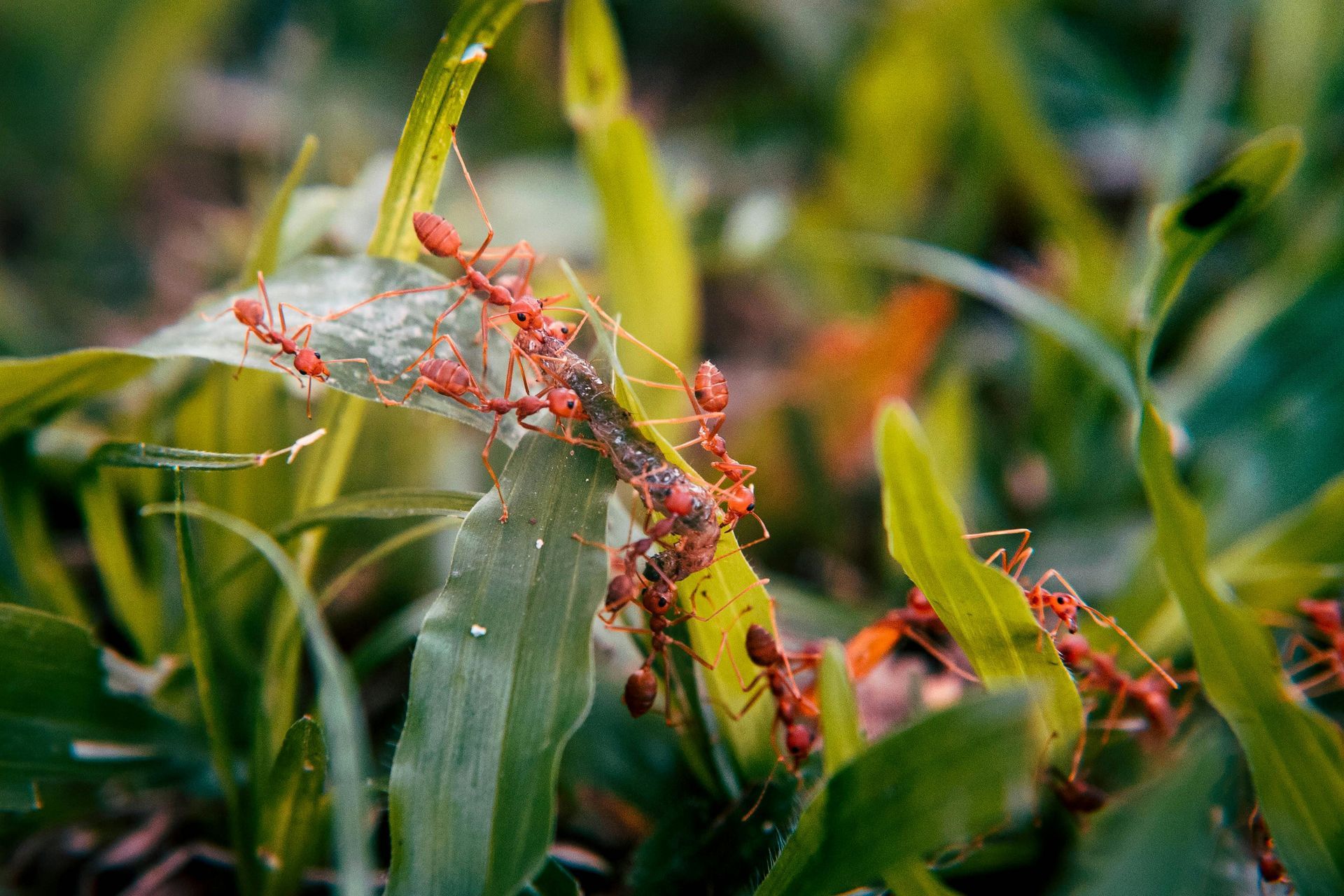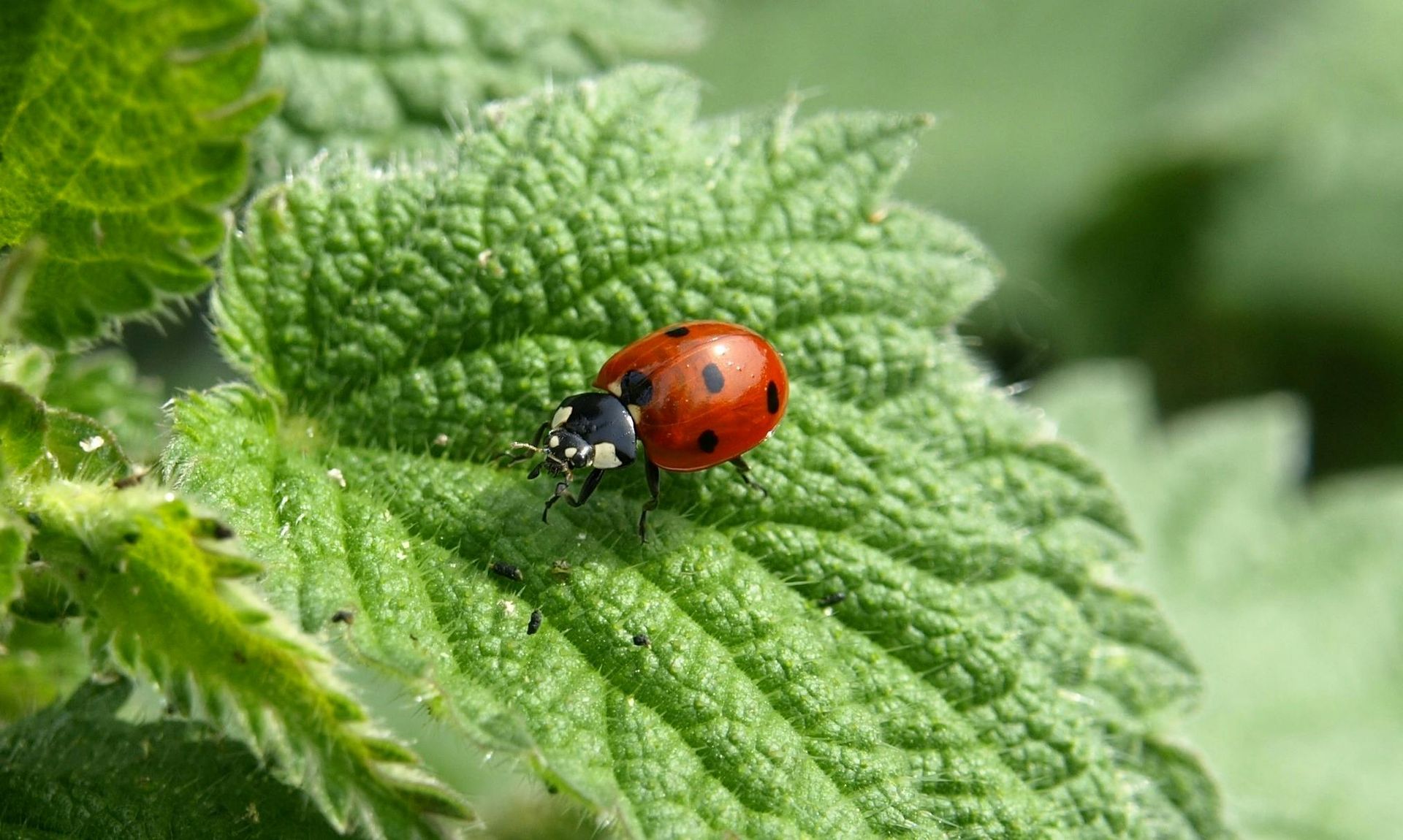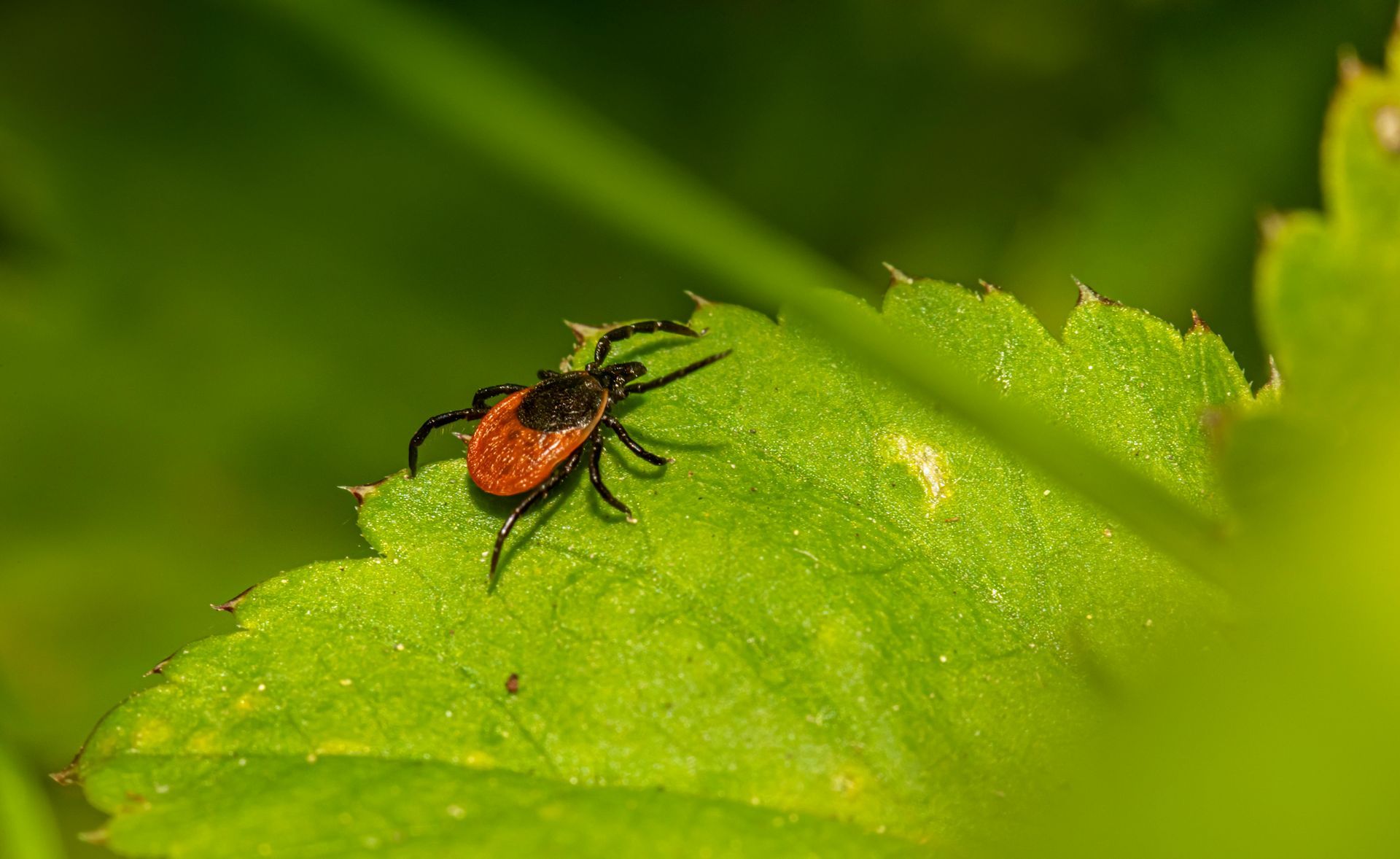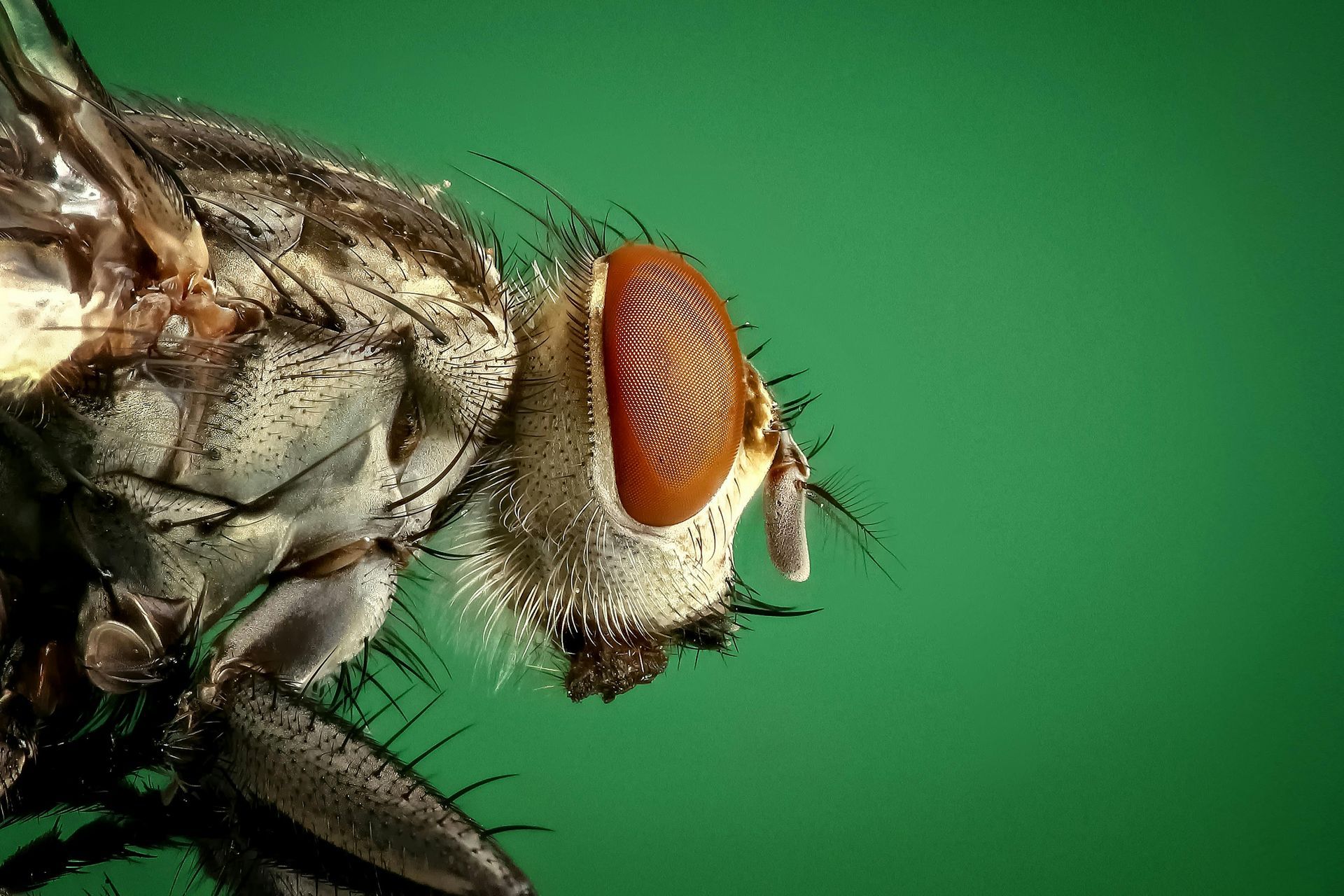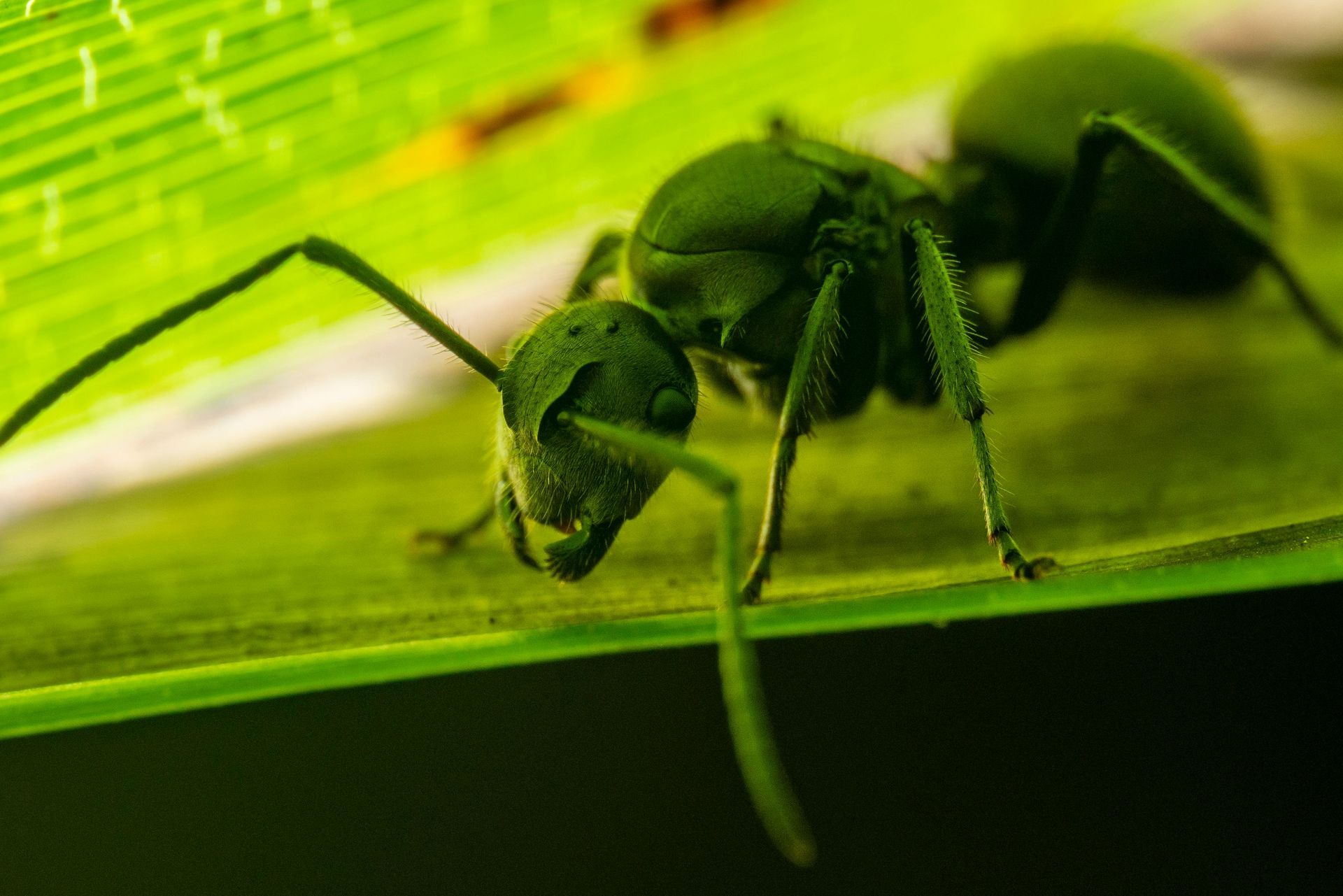What Animal is Damaging My Yard and Garden?!
Identifying the Culprit Animal Means More Effective Damage Prevention
Once you're over the unpleasant surprise of finding animal damage in your yard, the next step is figuring out what caused it so you can take the right steps to deal with the pest problem. Here are some of the most common types of animal damage, and what animals are most likely to be the cause.
Peeled off tree bark
Strips of bark peeled off of trees, or lower branches chewed off is a sure sign of deer. You'll see this most often in the winter when there is a lack of green plants for them to eat.
Dug up sod
Large patches of pulled up grass, or dug through flower beds is a very common yard problem and can be attributed to more than one possible culprit. Skunks will dig for grubs, and squirrels sometimes dig around looking for seeds or even flower bulbs. Birds looking for worms can also make noticeable holes in your grass that look like a rodent was digging.
Finding small holes around the outside foundation of the house, door jambs or under the eaves is probably mice or chipmunks looking to get inside. Squirrels may also chew holes but they are more likely to take advantage of existing openings. Once you discover holes like this, you'll want to move inside and do some checking indoors for signs that a rodent pest or two has moved in.
Holes in the ground
We already mentioned areas of the yard that have been dug up, but this is more about the deeper holes that lead into tunnels. Small holes are going to be voles, though you might see other animals like mice or shrews using the tunnels as well. Voles are the diggers though. Larger holes are the work of moles, and animals like gophers or groundhogs will leave the largest holes.
Eaten flowers or vegetables
Probably the most devastating to the home gardener, is discovering that your flowers, shrubs, herbs or vegetable plants have been chewed or outright devoured.
> 100% All Natural Animal Repellents for ALL of Your Animal Problems - Get Them Here! <
Unfortunately, this is also the most common damage you can find and it won't help narrow down the animal options much. Deer, rabbits, mice, chipmunks, squirrels, and voles will all happily eat from your yard. Many insects are just as voracious, leaving the same type of chewed plants behind.
Ransacked garbage
While technically not yard damage, finding a torn open garbage bag with trash everywhere is bad enough to warrant a mention. This is probably a raccoon though skunks have been known to get into garbage too. If it has managed to wrest the lid off a bin, it's definitely a raccoon.
As you can see, the type of damage can help narrow down your search for the animal pest but it is far from certain. Especially in cases where you have more than one species spending time in the yard. If you still can't pinpoint the problem, you can try a motion-sensor camera (like a trail cam) to catch the destruction in action. From there you can decide on fences, repellent or traps to properly protect your yard and garden spaces.
Critter Repellent All Natural Animal Repellent Blog
